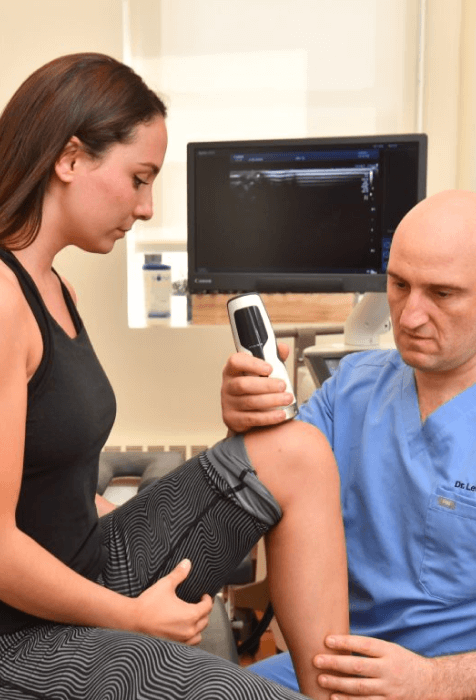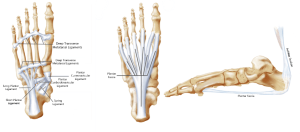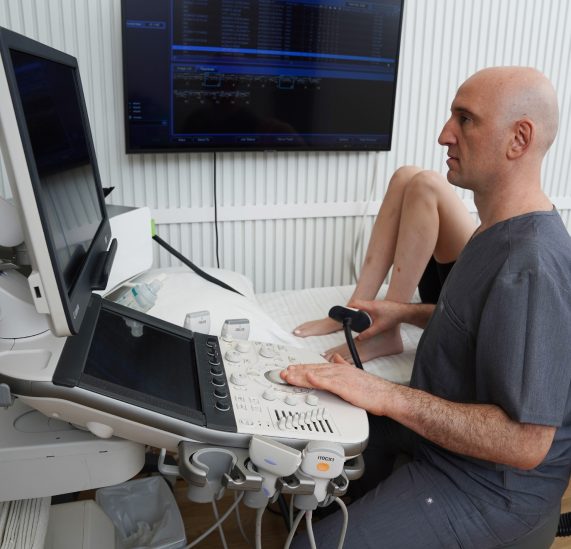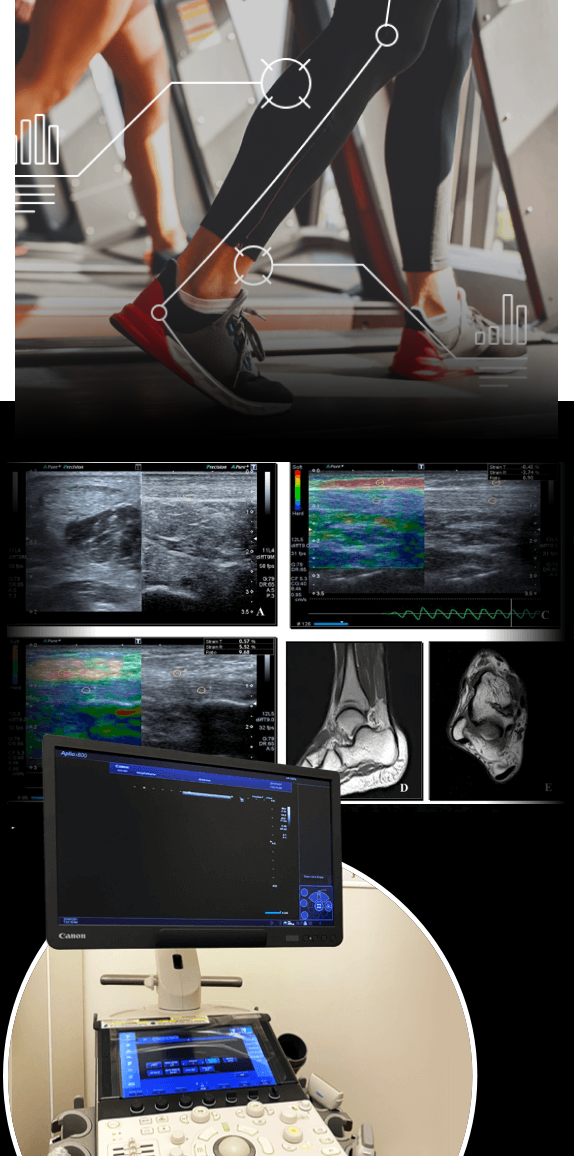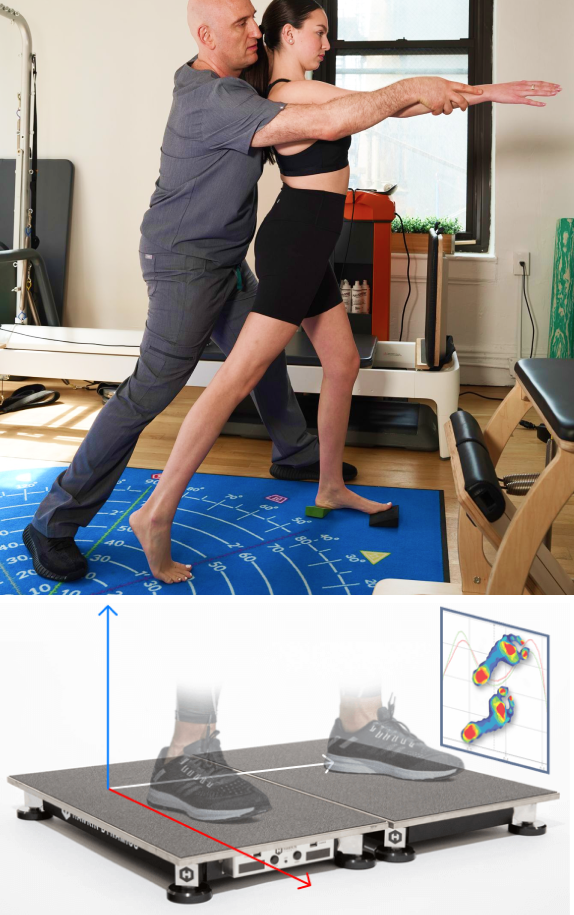Your feet provide a foundation for whole-body movement and dictate your body alignment from the ground up. Strong and mobile feet are able to adapt to changes in terrain, mediate force loads, propel you forward, and send messages to your brain about your position in space. Healthy feet provide a stable base of support and play a key role in pelvic health, and in functional movement along the lower kinetic chain.
Each foot has a complex architecture made up of 26 bones, 33 joints, and a vast network of muscles, tendons, ligaments, and fascia. The feet are generously embedded with proprioceptors — sensory neurons in muscles, tendons and fascia that inform your brain about your body’s position relative to gravity.
Your foot core is formed by four arches — lateral longitudinal, medial longitudinal, and two transverse arches — shaped by the metatarsal and tarsal bones. The foot core is supported by the foot intrinsic muscles, along with tendons, ligaments and fascia. Extrinsic muscles originating in the lower leg also come into play as they cross the ankle and insert into the foot.
The foot core helps to absorb force loads of 2-3 times your body weight, and stores elastic energy to propel you forward when walking and running. In addition to the stabilizing mechanisms of your foot arch itself, the ability to control your big toe is responsible for up to 85% of foot stability.
Foot core training enhances the strength and stability of your arches, metatarsals, and toes when standing, walking and running. It improves foot mobility, to optimize movement and prevent injury during physical activity, and enhances proprioception for improved balance.



